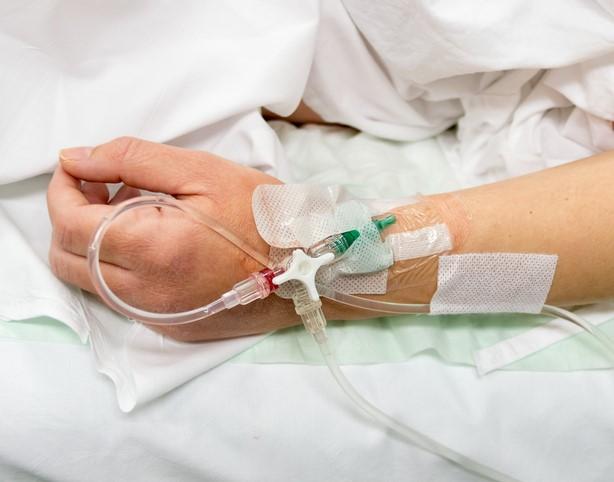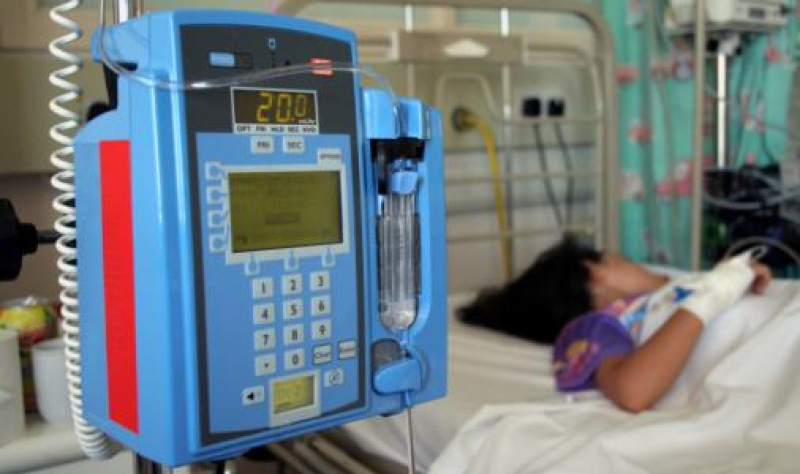News Scan for Jul 29, 2022


Study: COVID patients who have a stroke face more than twice the risk of death
COVID-19 patients who have a stroke are more than twice as likely to die than uninfected stroke patients and are often younger and healthier, finds research presented yesterday at the Society of NeuroInterventional Surgery’s (SNIS’s) 19th Annual Meeting in Toronto.
A team led by researchers from Thomas Jefferson University in Philadelphia analyzed data from 575 patients treated for acute large-vessel occlusions (LVOs) at nearly 50 thrombectomy stroke centers in Europe and North America. A minimally invasive procedure, thrombectomy reopens blocked arteries in the brain with a catheter.
Of the 575 patients, 194 (34%) tested positive for COVID-19; the 381 uninfected control patients had LVOs and received a thrombectomy from January 2018 to December 2020.
COVID-19 illness was moderate at the time of stroke in 75.5% of the cases, while it was severe in 15.8% and critical in 8.7%. The average interval between COVID-19 diagnosis and stroke onset was 9 days; stroke was the presenting COVID-19 symptom in 34% of the patients.
Thrombectomy in COVID-19 patients, who were younger and were at lower risk for unfavorable outcomes, was less likely to successfully restore blood flow to blocked arteries or veins than in controls. Furthermore, the procedure took longer in COVID-19 patients, who also faced more days in the hospital and were more than twice as likely to die.
“There is still so much we need to learn about COVID-19, especially its impact on younger patients,” lead study author Pascal Jabbour, MD, of Thomas Jefferson University, said in an SNIS news release. “Stroke’s impact on individuals with COVID-19 is alarming and one we must continue to research and remedy.”
Jul 28 SNIS news release
Mozambique reports 3 more WPV1 cases
Mozambique—which in May reported its first wild poliovirus type 1 (WPV1) case in three decades—reported three more cases, including one from a district that borders Zimbabwe, the Global Polio Eradication Initiative (GPEI) said in its latest weekly update.
The three new cases are from Tete province, the same area where the first case was reported. The paralysis onsets of the new cases occurred in May and June. GPEI said the identification of the cases over a short time span shows that stepped-up surveillance is working.
Genetic analysis of the viruses in the three new cases shows that two are closely linked to the isolate from the earlier case. However, the third one—found near the borders with Zimbabwe and Zambia—is an orphan virus more closely related to the virus found earlier in Malawi. GPEI said the findings suggest at least two transmission chains and that the genetic links raise the possibility of undetected transmission chains in the border area.
In other WPV1developments, Pakistan reported one more case, raising its total for the year to 13. The patient is from Khyber Pakhtunkhwa province, the same area where the other recent cases were reported.
Meanwhile, four countries reported more vaccine-derived cases. Chad reported a circulating vaccine-derived poliovirus type 2 (cVDPV2) case, which involves a patient from Chari-Baguirmi, lifting its total to nine for the year. The Democratic Republic of the Congo (DRC) also reported one more such case, boosting its total to 64 this year. The patient is from North Kivu province.
Two countries reported a circulating vaccine-derived poliovirus type 1 (cVDPV1) cases. Madagascar reported three more cases, putting its total at eight for the year. And Mozambique reported two cases, one each from Nampula and Zambezia. The patient in Nampula had a January 2020 paralysis onset, and the one from Zambezia had a May 2022 onset, signifying the country’s first cVDPV1 case of the year. GPEI said the two cases are genetically linked and signal a new emergence of the virus.
May 18 CIDRAP news scan
Jul 29 GPEI update
More unexplained peds hepatitis cases reported in Europe
In an update, the European Centre for Disease Prevention and Control (ECDC) and the World Health Organization (WHO) European regional office today reported 48 more unexplained hepatitis cases in kids from 12 countries. The region’s total has now reached 508 cases from 21 countries. At least 22 needed liver transplants, and 3 deaths were reported.
A few earlier cases were discounted, based on evolving investigation findings. One earlier discarded case was reclassified as probable. Roughly three-fourths of cases are in kids ages 5 and younger. Of 398 kids tested for adenovirus, 54.5% tested positive.
In a related update, the US Centers for Disease Control and Prevention (CDC) this week reported 354 unexplained hepatitis cases in kids, one less than last week. It had noted that numbers may go up or down as officials review medical charts and learn more. So far, 43 states have reported cases, more than last week.
In other developments, the United Kingdom Health Security Agency (HSA) posted a new technical briefing on the acute hepatitis cases, noting that a case-control study suggests a strong link between adenovirus and the cluster of cases. It also referenced two studies published earlier this week that found a link between adenovirus in the patients and the presence of adenovirus-associated virus 2 (AAV2), which is a “helper virus” that can’t cause disease on its own.
Jul 29 ECDC/WHO acute hepatitis update
Jul 27 CDC acute hepatitis update
Jul 26 UK HSA technical briefing
Jul 26 CIDRAP news scan



